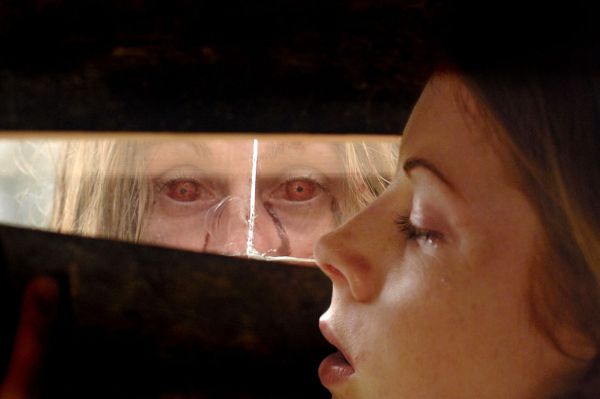’28 Weeks Later’: Not quite infectiously fun

MCT
photo courtesy mctcampus.com
May 16, 2007
In 2002’s “28 Days Later,” a viral outbreak ran rampant across London, turning the populace into bloody eyed, insane zombies (well, if you want to get technical, they were ill people with zombie-like qualities, not the walking dead). A band of survivors had to make it out of the city alive, dealing with both the infected and equally deranged military men, before facing an uncertain future.
That future becomes clearer in “28 Weeks Later.” While the original characters do not return, we learn what has become of the world in the aftermath of the plague. After the quarantine of London, the infected eventually died of starvation, ending the threat. Six months later, a NATO operation, headed entirely by the U.S. military, begins the process of rebuilding. Though the British mainland remains a ghost town, the Isle of Dogs in East London has been refashioned into a secure zone called District 1, and becomes the home of 15,000 people.
One of the residents of District 1 is Don (Robert Carlyle), who works as a high-level maintenance man in the area’s high-rise housing facility. In the unnerving prologue, we see Don narrowly escape an attack on a cottage by the infected and leave his wife (Catherine McCormack) behind in a moment of weakness and fear. Now Don’s children, Tammy and Andy (Imogen Poots and the androgynous Mackintosh Muggleton), who were in Spain at the time of the outbreak, are reunited with him, and the fractured family begins to start over.
However, when Andy becomes concerned that he will forget what his mother looked like, the siblings embark on a journey to the deserted mainland to retrieve a photograph of her from their old house. Once there, they discover a more substantial memento – mom herself, who is very much alive. While she has contracted the virus, a genetic anomaly in her blood has kept her asymptomatic. She is brought back to District 1 and becomes the best hope for developing a better understanding of the virus, if not a cure.
Of course, what inevitably happens – as there otherwise would not be a film – is that she winds up being the cause of another outbreak. When containment ceases to become a viable option, the troops are ordered to kill everyone on sight, infected or not. Tammy and Andy are shepherded by a rogue sniper (Jeremy Renner) and a military doctor (Rose Byrne) as the group attempts to escape District 1 alive.
“28 Weeks Later,” for much of its running time, does not quite have as ominous a feel to it as its predecessor. The eeriness of the first film came from the fact that nobody was aware of the extent to which the virus had spread across the world. The characters had no official knowledge of the state of the planet beyond London, but had heard reports that the infected had turned up in New York and Paris, indicating the outbreak had had global consequences. For all they knew, they were the last people on Earth.
But the sequel tells us that the virus was, in fact, limited to England, retroactively spoiling the original’s apocalyptic vibe. The world didn’t end; there was merely anarchy in the U.K.
This is not to suggest that “28 Weeks Later” does not have a lot going for it. During the scenes where the infected attack, the film is terrifying and effective. There is also a grimness and brutality to the proceedings as the audience comes to realize that none of the characters are safe. And the implications of the film’s ending go a long way to restore the bleak, end-of-the-world feel of the original film.
But the film is often slapdash and incoherent, containing a series of plot holes. How, for instance, did the mother manage to get from the distant cottage back to her home in London, and how did she survive there alone for so many months? How does such a large number of infected manage to survive a massive firebombing that should have vaporized everything in the area? Why are supposedly secure areas of District 1 so easily infiltrated and lightly guarded?
Also, too much of the film is shot with deliberately shaky camerawork. This is a terrific effect for creating a sense of urgency during the scenes where the infected are on the rampage, but it makes several other scenes that did not require the effect exceedingly difficult to follow.
Another problem is with the characters of the siblings. The dramatic thrust of the story necessitates that we care about their personal safety, but every bit of chaos in the film results from their foolish decision to venture into the unsafe territory of the mainland. It’s hard to root for the survival of characters whose stupidity is the direct cause of the awful situation that now threatens to kill them.
“28 Weeks Later” is not a great film, but neither was “28 Days Later,” which I always felt was a bit overrated by horror fans. Both, however, are sufficiently scary and unquestionably above the standards of most of what passes for horror films these days. I’ll take the projectile blood-vomiting of the infected over the awful torture-chic fetishism of the “Saw” or “Hostel” films any day.
I’m looking forward to seeing what happens 28 months later.
Brandon Wolfe can be reached at features@statehornet.com































































































































